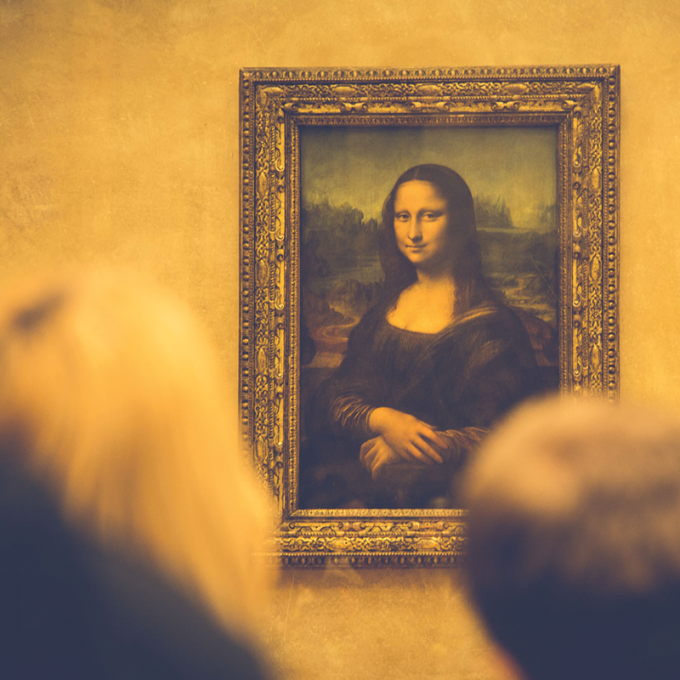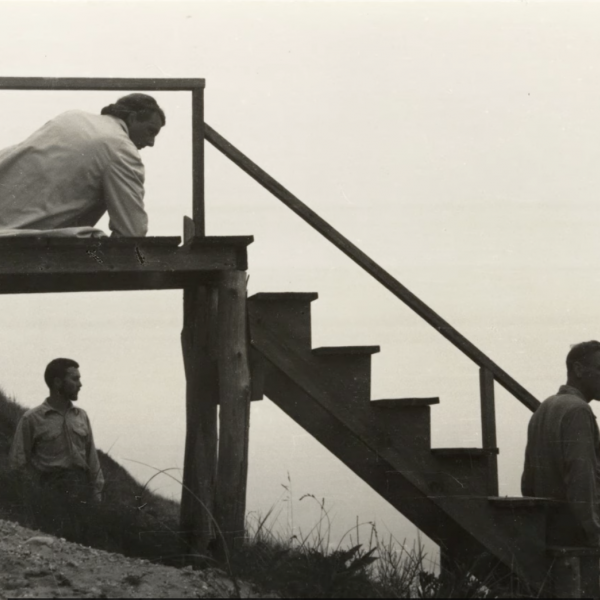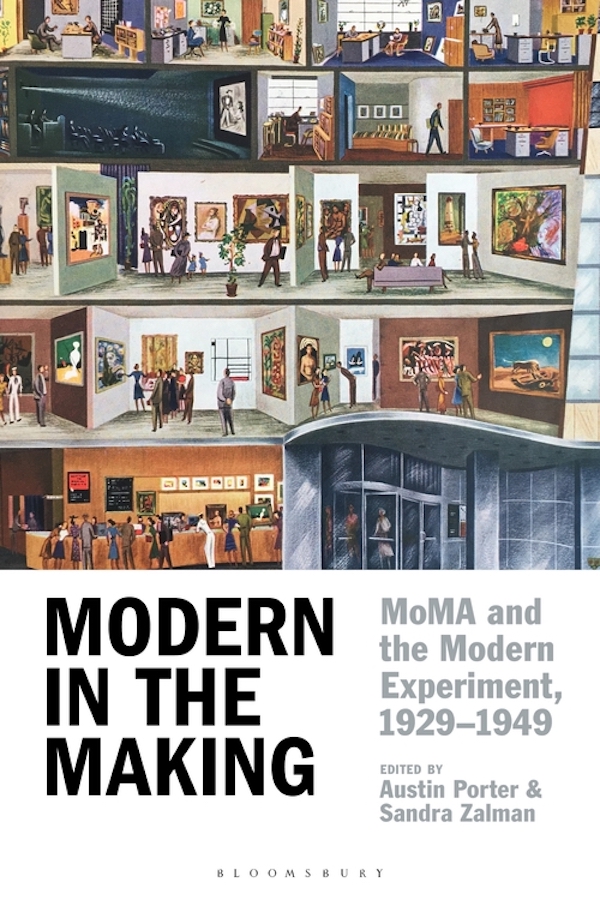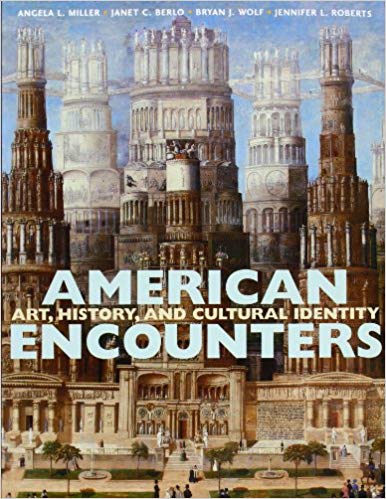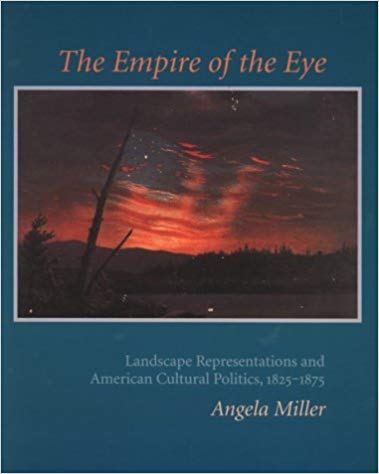Professor Miller's teaching and research interests encompass American arts and visual culture of the 19th and 20th centuries, with a focus on the arts and nation-building, the history of American landscape painting, American modernism, and queer modernities.
Teaching And Professional Activities
Fellowships, Honors and Awards:
- NEH Fellowship, 2019-2020
- Metropolitan Museum J. Clawson Mills Fellowship, Fall 2018.
- Summer Faculty Research Grant, Washington University, 2016.
- William C. Seitz Senior Fellow, Center for Advanced Study in the Visual Arts, National Gallery of Art,
Washington, DC, 2015-1016. - Terra Foundation for American Art Visiting Professorship, Courtauld Institute of Art, London; and Freie Universität Berlin. May through July 2012.
- Terra Visiting Professorship in American Art, École Normale, Université de Paris, May 2010.
- Center for the Humanities Fellowship, Washington University, Spring 2010.
- Outstanding Mentor Award, Graduate Student Senate, Washington University, Spring 2009.
- Special Recognition for Mentoring Award, Graduate School Senate, Washington University, May 2006.
- Andrew Mellon Foundation, Grant-in-Aid to assist in development of ArtStor, a digital archive of Art History and visual culture, 2001-03.
- Senior Scholar, Summer Residency Program, Musée d’Art Americain (Terra Foundation), Giverny, France, July 2002.
- John Hope Franklin Prize for Empire of the Eye (1994), awarded by the American Studies Association for the best published interdisciplinary work in American Studies; Charles C. Eldredge Prize for Distinguished Scholarship in American art for Empire of the Eye (1995, awarded by the National Museum of American Art, Smithsonian Institution).
Books:
Arthur Osver: Urban Landscape, Abstraction, and the Mystique of Place (Mildred Lane Kemper Museum of Art, in conjunction with the University of Chicago Press, Fall 2018)
American Encounters: Art, History, and Cultural Identity (Pearson, October 2008). Led team of six scholars in comprehensive new history of the arts from a millennium before contact with Europe up to the present.
Empire of the Eye: Landscape Representation and American Cultural Politics, 1825-1875 (Cornell University Press, 1993).
Selected Articles:
“American Exceptionalism at the Modern, 1942-1959: Dorothy Miller’s Americans.” Sandra Zalman and Austin Porter, eds., Modern in the Making: MoMA and the Modern Experiment 1929-1949. London and New York: Bloomsbury Press, 2020.
“Vibrant Matter: The Countermodern World of Pavel Tchelitchew,” Art Bulletin June 2020.
“Creased by Time: Arthur Osver's 'Memory Haunted' Urban Landscapes of the 1930s and 1940s." In Angela Miller, ed., Arthur Osver: Urban Landscape, Abstraction, and the Mystique of Place. Mildred Lane Kemper Museum of Art, in conjunction with the University of Chicago Press, Fall 2018.
"Landscape Painting in the Arena of the Popular Arts." American Art, Smithsonian, Summer 2017.
“Jackson Pollock: Sleeping Effort,” in Sabine Eckmann, ed., Spotlights: Collected by the Mildred Lane Kemper Museum of Art (Chicago: University of Chicago Press, 2016), pp. 172-76
“Home and Homeless in Art Between the Wars,” Blackwell Companion to American Art, 2015.
“Reading Ahab: Rockwell Kent, Herman Melville, and C. L. R. James.” New Marxist Art History (Festschrift for Andrew Hemingway) London, England: Art/Books), 2014.
“Falling into History: The Uneasy Domestication of Niagara.” Commissioned essay for catalogue, Zoe Leonard; “You See That I Am Here After All". Dia/Beacon, New York, 2011, pp. 176-188.
“1935: The Popular Front. Artists and Writers Mobilize.” Werner Sollors and Greil Marcus, eds., A New Literary History of America (Cambridge and London: Belknap Press of Harvard University Press, 2009), pp. 683-688.
"Beyond the National Self: Cross-Cultural Exchange and Postcolonial Studies." In Kunst und Politik: Jahrbuch Der Guernica-Gessellschaft, Vol. 10 (2008).
"The Twentieth Century Artistic Reception of Whitman and Melville." In Michael Robertson and David Blake, eds. Walt Whitman: Where the Future Becomes Present (University of Iowa Press, 2008).
“Chasing the Phantom: Cultural Memory in the Image of the West.” In Redrawing the Boundaries: Perspectives on Western American Art (Denver Art Museum in association with the University of Washington Press, 2007).
“The Image of Nature in American Landscape Art: The Dilemmas of ‘Nature’s Nation’ and the Art of Landscape,” in Michael Lewis, ed., American Wilderness (Oxford University Press, 2007); republished in Alan Braddock, ed., A Keener Perception: Ecocritical Studies in American Art History (University of Alabama Press, 2009).
"With Eyes Wide Open’: The Americanization of Surrealism,” in Sabine Eckmann and Lutz Koepnick, eds., Caught by Politics: Hitler Exiles and American Visual Culture in the 1930s and 1940s. (Palgrave MacMillan, 2007).
“Death and Resurrection in an Artist’s Studio.” American Art 20, no. 1 (Spring 2006).
Published articles and review essays:
caa.reviews, American Art, Oxford Art Journal, Art in America, American Quarterly, New England Quarterly, Winterthur Portfolio, Prospects, American Literary History.
Work in Progress:
“PaJaMa Drama: Collaborative Staging and Photography’s Expanded Arena”
Book; "Countermoderns: Reason and Magic in the Circle of Lincoln Kirstein”
Recent presentations:
“Ca. 1942.” Two-part panel co-chaired with Elizabeth Welch, CAA annual meeting, Chicago, February 13, 2020.
“Driftwood: Fire Island, Eros, and the Paintings and Photographs of Paul Cadmus and his Circle.” 24th Annual American Art Conference, Initiatives in Art and Culture, New York City, May 17, 2019.
“Ménage à Trois: The PaJaMa Collaborative and the Post-Autonomous Subject of Art,”
Terra Foundation for American Art, sponsored conference: American Art in the 1940s, Paris, April 16-17, 2019.
“PaJaMa Drama: The Staged Photographs of the Kirstein Circle.” Fellow’s talk, Metropolitan Museum, April 5, 2019.
"International Abstraction after World War II: The U.S., France, Germany and Beyond." Co-chaired with Sabine Eckmann. CAA annual meeting, Los Angeles, February 21, 2018.
"Feedback Loop: Modern Primitives and Modernists between the Wars." Opening talk, "Boundary Trouble: The Self-Taught Artist and American Avant-Gardes," National Gallery of Art/CASVA, February 16-17, 2018.
“New York Figurative Painting and Staged Photography in the 1940s and 1950s: The Aesthetics of Immobility.” Department of Fine Arts and Art History, George Washington University, February 10, 2016.
“‘Of Eros and Dust’: The Aesthetics of Immobility in the Circle of Lincoln Kirstein.” Fellows’ Colloquium, Center for Advanced Study in the Visual Arts, March 3, 2016.
"Frederic Church's Niagara in the Media Landscape of the Mid-19th Century." Scholarly roundtable, "Landscape in American Art History: Pasts, Presents, and Futures." Smithsonian American Art Museum, Research and Scholars' Center, Washington, D.C., February 3, 2016.
"Dancing on the Grave of History: Kay Walkingstick's Chief Joseph series.” "Seizing the Sky: Redefining American Art," National Museum of the American Indian, November 5, 2015. Watch it here.
Keynote, "Marshalling American Art: Exhibiting Ideology in the Cold War." Workshop, Tate Britain, in conjunction with the Terra Foundation, May 1, 2015.
"New Genealogies of American Modernism at Mid-Century." Two-part panel co-chaired with Jody Patterson, CAA annual meeting, New York City. February 14, 2015.
"Duchamp/Redon: The Beholder's Share." Talk for "The Armory Show at 100," cosponsored by the Musée d’Orsay and the New York Historical Society, December 6-7, 2013, Paris.
“Transatlantic Gambits: The Intercultural Dynamics of National Identity in the Arts.” Sheldon Museum of Art and the University of Nebraska, Lincoln, November 5, 2013
“The Challenges of Nationhood: American Arts from Colony to Republic.” National Museum of Art, Seoul, South Korea, April 19, 2013.
“Resisting Belonging: Kenneth Burke and ‘Homeless’ Modernism between the Wars.” Presentation to Culture and Literature Colloquium, John F. Kennedy Institute, Freie Universität, Berlin, June 21, 2012.
“The Fate of the Gesture in the Post-War Era,” Keynote address, “The Post War Moment: Historical Futures in Visual Culture.” co-organized with Frank Mehring, John F. Kennedy Institute, Freie Universität, Berlin, June 15, 2012.
“Gerald Murphy, Americanisme, and the Metonymic Mode.” Seminar, Research Forum, Courtauld Institute, London, May 10, 2012.
“Figure/Ground and the Embattled Self: Jackson Pollock’s Late Work.” Courtauld Institute, London, May 8, 2012.
“Alfred Stieglitz and Theogonic Modernism.” Art History Department, University of Minnesota, Minneapolis, December 1, 2011.
“The Arts and Nation-Building.” Lecture given at Humboldt University, Berlin, (American Studies Department), sponsored by the American Embassy, November 14, 2011.
“Nature’s History: The Changing Cultural Image of Nature, from Romantic Nationalism to Land Art.” Keynote address, “Nature’s Nation Revisited,” University of Tubingen, Germany, November 12, 2011.
“Rockwell Kent’s Illustrations of Moby Dick.” Modern Language Association Annual Meeting, Los Angeles, January 2011.
“Time, Duration, and the Modern Moment in Early 20th-Century American Art,” Space/Site/Landscape, Symposium, JFK Institute, Freie Universität, Berlin, December 10, 2010.
“The Challenge of Eclecticism in the 1950s and the Canonization of Abstract Expressionism.” Historical Materialism, University of London, November 11, 2010.
“American Modernism.” Farnsworth Museum of Art: Farnsworth Forum. Live audience interview, Rockland, Maine, October 25, 2010.
“Theogonic” Modernism and the Cult of Stieglitz.” Cèrisy Colloques, “Carrefour Stieglitz,” Cèrisy-la-Salle (Normandy), France, July 2010.
“Marsden Hartley and the Practice and Discourse of Race,” “Transatlantic Dialogues in the History of Art,” Institut Nationale de l’Histoire de L’Art, Paris, May 2010.
"Thinking Dialectically: Home and Homeless between the Wars," For Symposium "American School: American Art and Pedagogy," Colby College, Maine, October 2009.
" 'A Positive Terror of Personality': Tradition and the Flight from Self," Symposium on the Art of George Tooker." With Holly Hunt. Pennsylvania Academy of Art, March 2009.
"The Optical Superego: Magic Realism and the Social Imaginary." Symposium "Art on the Dark Side," Columbus Museum of Art, May 25-27, 2008.
“Writing Across Borders: American Arts after Multiculturalism.” John F. Kennedy Institute for American Studies, Berlin, and the Terra Foundation for American Art, May 2007.
“Curating Art in a Transnational Context.” University of Hamburg and the Bucerius Kunst Forum, May 23, 2007.
“Our America?” Questions and Proposals for the 21st Century.” University of Illinois at Urbana-Champaign, April 2007.
Recent Courses:
US Arts and Visual Culture, 1890-1980: Representing Democracy, Race, Nation
American Modernisms and Visual Modernities
The Arts of Cultural Democracy: America in the 1930s
Hydrogen Jukebox: Visual Arts and Culture in the U.S., 1945-1960
TransAmerica: The US and Mexico between the Wars
Cold War Cultures
Native and Cosmopolitan Modernisms: The US and Europe between the Wars
The City in American Arts and Popular Culture, 1910-1940
History of American Photography
The American Trauma (co-taught: on Civil War and American memory)
Fin-de-siècle United States
Age of Gatsby: US Arts in the 1920s
The Arts of Cultural Encounter in the American West
Art and Culture in the Gilded Age
Current and Recently Completed Dissertations:
“The Daily Struggle”: Philip Guston and Leftist Art in 1930s America”
“Camping Modernism: The Stettheimer Circles, 1915-1943”
“Faith’s Midwest Modern Forms: Three 1950s Churches for the Catholic Archdiocese of St. Louis by Murphy and Mackey, Architects”
“Painting Ephemera in the Age of Mass-Production: American Trompe l’Oeil Painting and Visual Culture in the Late Nineteenth Century”
“Murals, Montage, Modernism: Public Art in the United States Between the Wars”
“Innocence Abroad: The Construction and Marketing of an American Artistic Identity in Paris, 1880-1910”
“Turbulent Bodies: Disruptive Materiality in American Painting, 1880-1940”
“Through the Body: Corporeality, Subjectivity, and Empathy in Contemporary American Art”
“Camping the Canon: Yasumasa Morimura's Queer Performative Critique of Art History”
“The Comic Grotesque: Troubling the Body Politic in American Graphic Satire during the Great Depression”
“Remotely Mexican: Recent Work by Gabriel Orozco, Carlos Amorales, and Pedro Reyes, Exhibited in the US”
“Binding Frankenstein : Reclaiming the Self in the Visual Culture of the Machine Age"
“White Collared: Fashioning Masculinity in American Visual Culture”


